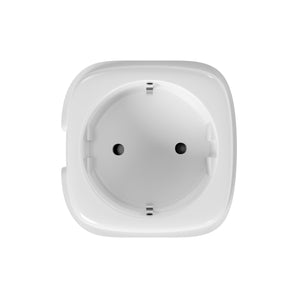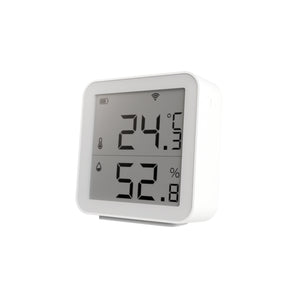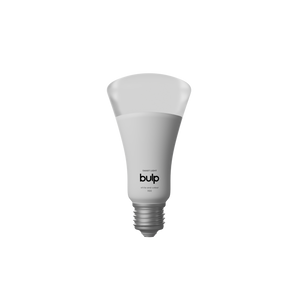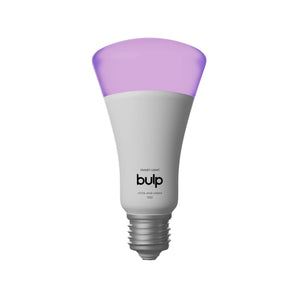While dry air can cause its own set of problems, high humidity at home can be just as troublesome – if not worse. Too much moisture in the air doesn’t just feel uncomfortable, it can affect your health, your home, and even your belongings. The tricky part? Many people don’t realize their indoor air is too humid until the symptoms start stacking up. In this article, we’ll explain what high humidity means, how it affects your space, and what you can do to keep it under control – starting with a reliable hygrometer.
Healthy indoor humidity should fall between 40% and 60%. Once it climbs above that, especially above 70%, you're entering the danger zone. High humidity creates a warm, damp environment that’s ideal for mold growth, dust mites, and bacteria. Not exactly the type of guests you want lingering in your home.
You might notice it first in how you feel: constant sweating, difficulty sleeping, a heavy feeling in the air, or even a musty smell that won’t go away. People with asthma or respiratory sensitivities often feel it most, as high humidity can make breathing more difficult and aggravate allergies. You might also notice skin issues, headaches, or a general sense of fatigue – all signs that the air around you is holding too much moisture.
But the damage goes beyond physical discomfort. High humidity can wreak havoc on your home. Walls, ceilings, and windows can develop condensation, which leads to mold and mildew. Wooden furniture may swell, paint can peel, and electronics might even suffer damage from prolonged exposure to moisture in the air. Even stored clothes or bedding can feel damp and develop that unpleasant, stale odor.
So how do you know if your home is too humid? Simple: use a hygrometer. This small device helps you track humidity levels in any room, giving you a clear picture of what’s really going on. And if you already have one – check it regularly, especially in naturally damp areas like basements, bathrooms, and kitchens.
If the humidity is consistently too high, it’s time to act. First and foremost, consider getting a dehumidifier. These devices are designed to remove excess moisture from the air and maintain a stable, healthy level of humidity. They come in various sizes – from small room units to whole-house systems – so there’s always one that fits your needs.
Ventilation is another key factor. Make sure your home is properly aired out, especially after showering or cooking. Use exhaust fans, open windows when the outside air is drier, and avoid drying laundry indoors if your space already feels damp. Keep an eye on leaky pipes or appliances, and make sure your home is well insulated to prevent outside humidity from sneaking in.
Houseplants can help, but choose wisely – some plants actually increase humidity, while others, like English ivy or peace lilies, can help absorb moisture. And don’t underestimate the role of your daily habits: long hot showers, boiling water, and drying clothes all release moisture into the air, so try to balance them out with good ventilation.
In the end, it all comes down to awareness. Monitoring your humidity levels with a hygrometer is the smartest first step. Once you know where you stand, you can take the right measures to protect your health, your home, and your peace of mind. High humidity may not always be visible, but its effects are real – and with the right tools, you can take back control.













